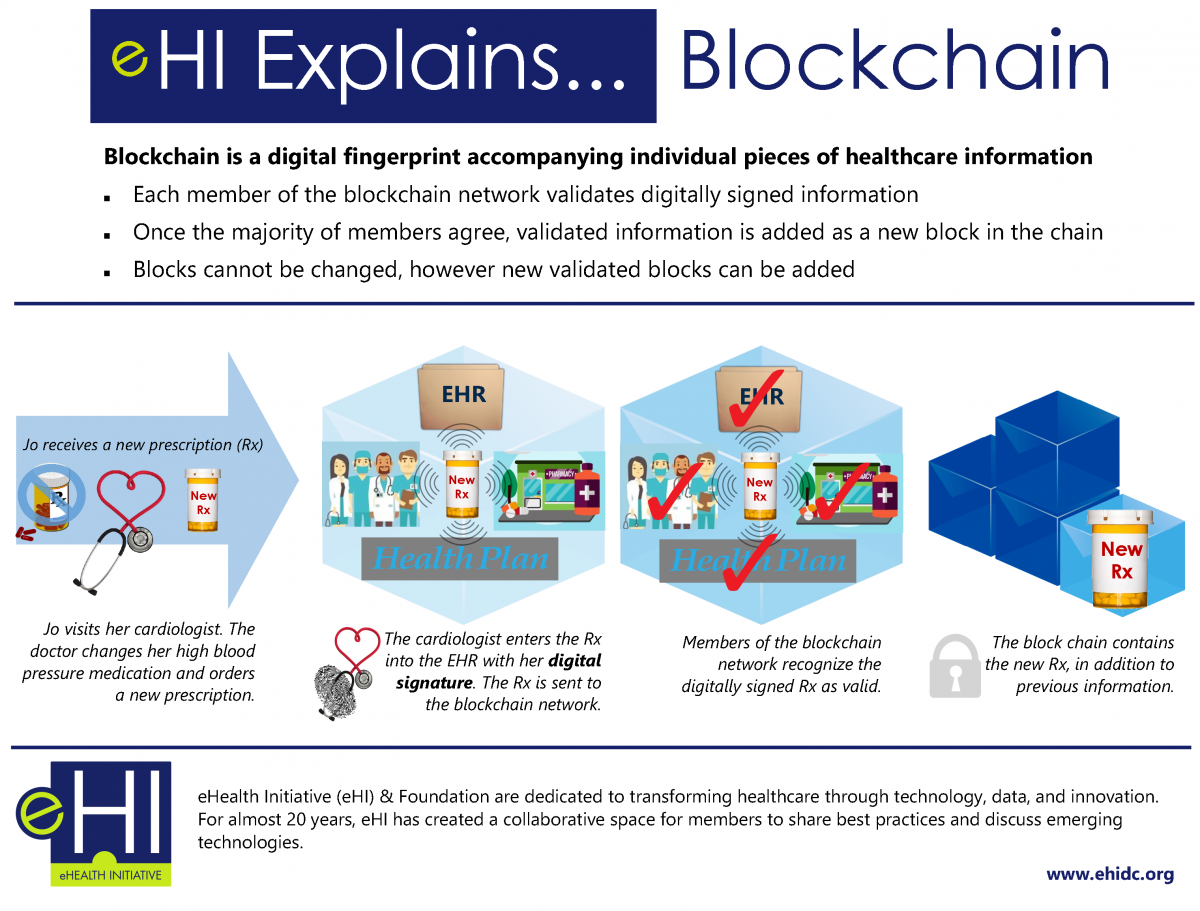A new taxonomy for describing and defining adherence to medications
The aim of this review was to propose a new taxonomy, in which adherence to medications is conceptualized, based on behavioural and pharmacological science, and which will support quantifiable parameters. A systematic literature review was performed using MEDLINE, EMBASE, CINAHL, the Cochrane Library and PsycINFO from database inception to 1 April 2009. The objective was to identify the different conceptual approaches to adherence research.
Vrijens et al., 2012
Provider-Focused Intervention Increases Adherence-Related Dialogue, But Does Not Improve Antiretroviral Therapy Adherence in Persons with HIV
Physicians' limited knowledge of patients' antiretroviral adherence may reduce their ability to perform effective adherence counseling. Methods—We conducted a randomized, cross-over study of an intervention to improve physicians' knowledge of patients' antiretroviral adherence. The intervention was a report given to the physician prior to a routine office visit that included data on: MEMS and self-reported data on antiretroviral adherence, patients' beliefs about antiretroviral therapy, reasons for missed doses, alcohol and drug use, and depression. We audio-recorded one intervention and one control visit for each patient to analyze differences in adherence related dialogue. Conclusions—Receipt of a detailed report prior to clinic visits containing data about adherence and other factors did not improve patients' antiretroviral adherence. Analyses of patient-provide dialogue suggests that providers who care for persons with HIV may benefit from training in adherence counseling techniques.
Wilson et al., 2010
Managing Medication Adherence
That most nonadherent patients are willfully rejecting doctors' orders might seem shocking. But physicians have to accept it in order to encourage patients to accept their advice. Digital health tools may offer potential aids in solving matters of adherence. March 2017 article in the ACP Internist.
Pharmacists' Patient Care Process
The pharmacists’ patient care process described in this document was developed by examining a number
of key source documents on pharmaceutical care and medication therapy management.Patient care
process components in each of these resources were catalogued and compared to create the following
process that encompasses a contemporary and comprehensive approach to patient-centered care that is
delivered in collaboration with other members of the health care team. From the Joint Commission of Pharmacy Practitioners.
Medicare Part D Enhanced Medication Therapy Management (MTM) Model; Enhanced MTM Model Encounter Data Specification Plan
The Enhanced Medication Therapy Management (MTM) model is an opportunity for Part D basic stand-alone prescription drug plans (PDPs) to offer innovative MTM programs aimed at improving quality of care while also reducing costs. The Enhanced MTM model seeks to determine whether providing Part D sponsors with additional payment incentives and MTM regulatory flexibilities achieves the key goals of MTM—optimized therapeutic outcomes through improved medication use, and reduced risk of adverse events (including adverse drug interactions)—while reducing net Medicare expenditures. In addition to enhanced MTM encounter data elements, this document presents three monitoring measures CMS will use to assess the Enhanced MTM model. Although monitoring measures will not be used to determine Part D sponsors’ eligibility for performance-based payments under the model, CMS wishes to pilot monitoring measures that will be calculated uniformly for all model participants using sponsor-submitted enhanced MTM encounter and Medicare claims data.
Hand-off Communications -- is there an app for that?
This playable PPT presentation with audio describes the Cloud Healthcare Appliance Real-Time Solution as a Service information technology reference architecture for a cloud-based integrated development environment (IDE). This IDE is designed for use by healthcare provider subject matter experts (SMEs) with low cost and little/no need for IT system or staff resources. Healthcare SMEs can use CHARTSaaS to design, develop, deploy, operate and optimize apps that provide real-time cognitive support to them in the execution of clinical and administrative processes. CHARTSaaS-built apps are expected to have significant positive transformative impact on medical practice and healthcare delivery resulting in much-improved personal health maintenance, medical mistake mitigation, clinical case management, optimal case outcomes and accelerated knowledge accrual.
eHI Explains Blockchain
The Adherence Estimator: A brief, proximal screener for patient propensity to adhere to prescription medications for chronic disease
Article from Colleen McHorney reporting the conceptualization, development, and preliminary psychometric evidence for the Adherence Estimator - a brief, three-item proximal screener for the likelihood of non-adherence to prescription medicaitons (medicaion non-fufillment and non-persistence) for chronic disease.
Medication Adherence and Health IT
Issue brief from ONC reviewing the changing view of medication adherence, examples of what has happened so far in medicaiton adherence and HIT, and opportunities and challenges.
Decision Support for Data Segmentation (DS2): Technical and Architectural Considerations
This paper presents the results of a research-oriented project to demonstrate that certain Data Segmentation for Privacy, orDS4P tasks can be enhanced through the use of clinical decision support (CDS) technology. It advances a novel use of CDS tools to 1) identify and sequester certain types of information from electronic medical records and to 2) help mitigate the potential risks of exchanging records from which data have been sequestered. The approach is called Decision Support for Data Segmentation, or DS2, builds upon standards-based open source CDS technology to create a familiar CDS-based platform for the development and testing of functions to identify and redact selected conditions from clinical summary documents in various contexts including Health Information Exchange (HIE) between healthcare providers. The DS2 prototype demonstrates how deterministic clinical rules and machine learning-based classifiers can work together to detect clinical facts that may imply a condition even if they are not directly related to the condition and how CDS at the point-of-care can potentially make use of clinical information even after it has been sequestered.

